
The Department of Science and Innovation (DSI) is a structural unit of the International Educational Corporation (IEC) responsible for organizing and coordinating research, innovation, and grant activities.
The Department of Science and Innovation (DSI) is a structural unit of the International Educational Corporation (IEC) responsible for organizing and coordinating research, innovation, and grant activities.
The main goal of the department is to develop the university’s scientific potential, ensure the integration of science and education, and facilitate the implementation of scientific projects.
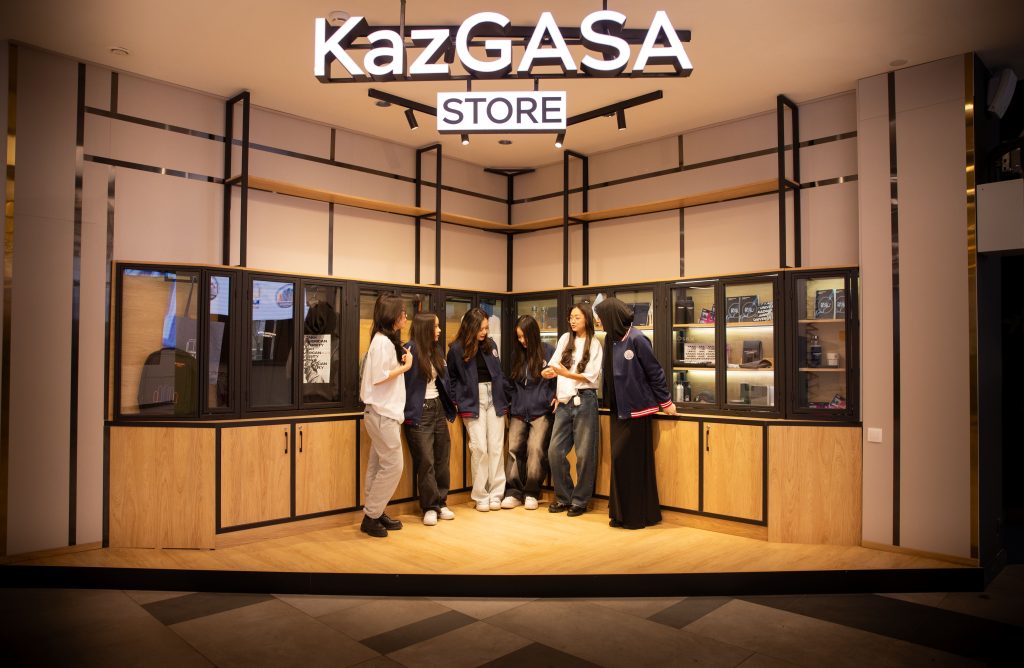

Elvira Zhanibekova
https://orcid.org/0000-0003-4421-9875
PhD, Associate Research Professor of the FA
e.danibekova@kazgasa.kz
Analysis of the problems of regional identity in the modern architecture of Kazakhstan. Regional identity as a concept in modern architecture. Identification of the basic factors of regional identity, the theory of regionalism in world architecture, consideration of current trends in world architectural practice and architecture of Kazakhstan

Shynar Kultaeva
https://orcid.org/0000-0002-2409-1184
PhD, Associate Professor of FSTIM
+77052336049, e-mail: sh.kultayeva@kazgasa.kz
The aim of the study is to study the electrical, thermal and mechanical properties of porous ceramics based on silicon carbide, to develop new methods for regulating electrical and thermal conductivity, porosity and improving the strength of porous silicon carbide ceramics. Research objectives:
1. Investigation of the mechanical and thermophysical properties of a new porous ceramic made of a submicron β-SiC powder and a polymer microsphere as a sacrificial template, made by sintering at high temperatures in an argon or nitrogen medium.
2. Study of the relationship between electrical conductivity – porosity, and thermal conductivity – porosity of porous ceramics.
3. Analysis of the effect of porosity, alloying impurities (additives), atmosphere and sintering temperature on the polytype content, microstructure and engineering properties of porous ceramics.
4. Development of effective methods for regulating the electrical, thermal and mechanical properties of porous ceramics in a wide range by ranking porosity, ensuring a reasonable choice of the type of alloying impurities and their concentration, and control of the sintering atmosphere.

Zhangazy Nurzhanovich
https://orcid.org/0000-0002-4573-1179
PhD, Associate Professor, Research Professor at the Faculty of General Construction
zh.moldamuratov@kazgasa.kz
An analysis of the state of affairs in the field of operation of hydraulic reclamation systems in the arid zone of the country over the past 15-20 years has revealed a number of circumstances and factors that have led to negative phenomena in this area and its lag. Sustainable water use is achieved by optimally meeting the needs of sectors of the economy and the population with water. An effective justification for the use of the water resource potential of river basins is based on system-wide environmental and economic criteria. Solving this difficult task involves multifaceted risks: natural and anthropogenic factors, continuous and unjustified increase in water consumption, and pollution of water sources. A statistical survey of existing hydraulic reclamation systems showed that the length of channels of inter-farm and intra-farm networks with a flow rate from 10 m3/s to 20 m3/s is 98.5% of the total length of channels, and the length of channels in the earth bed is 84.9%, with 65.5% of the cost of canal work from the total cost of construction of hydraulic reclamation systems. For most of the hydro-reclamation systems in Kazakhstan, water intake is made from mountain and foothill rivers transporting a significant amount of sediment, which leads to the development of channel deformations and a decrease in channel capacity. Over the past 20 years, during the operation of hydraulic structures, many have lost their design reliability and pose a real environmental and social threat. Restoration of the hydro–reclamation component of the potential of the agro-industrial complex of the Republic of Kazakhstan is directly related to the need for reconstruction, modernization and construction of hydraulic structures – the main element of the irrigation network. The purpose of the project is the scientific substantiation and development of effective integrated technological solutions for cleaning, reconstruction and modernization of channels of hydraulic reclamation systems. Project objectives: 1. Investigation of the influence of operational factors on the nanotransportability of earthen channel beds. 2. Systematization of design features and statistical parameters of irrigation canals in the south of the Republic of Kazakhstan and their impact on the conditions for the selection of machines and mechanisms. 3. Study of the stability of slopes of irrigation channels of a parabolic profile. 4. Development of methodological techniques for the formation of the most advantageous channel cross-section profile. 5. Development of constructive and technological solutions to ensure the operational reliability of the channels of hydraulic reclamation systems. Expected results of the project: 1. Optimal measures will be developed and proposed to ensure the design performance of irrigation canals. 2. Criteria for the effective operation of channels with increased nanotransportation capacity will be determined. 3. The main parameters and indicators of the most advantageous channel section will be formulated. 4. Engineering and technical recommendations will be developed to improve the operational characteristics of the existing channels of the hydraulic reclamation system. 5. At least 2 (two) will be published articles in journals from the first three quartiles by impact factor in the Web of Science database or having a percentile by Cite Score in the Scopus database of at least 50. 6. At least 4 (four) will be published articles or reviews in a peer-reviewed foreign or domestic publication recommended by the Committee for Quality Assurance in Education and Science of the Ministry of Education and Science of the Republic of Kazakhstan. 7. 2 (two) copyright certificates for the utility model will be received. 8. 1 (one) monograph and 1 (one) textbook will be prepared and published.







Enlik Nurlanovna
https://orcid.org/0000-0001-8319-4469
Doctor (PhD), Associate Professor of the IOC
e.ormakhanova@kazgasa.kz
Development of “digital conversation” methods in the media discourse of Kazakhstan based on the content of Internet platforms. The results of research based on specific cases of the Kazakh blogosphere can be theoretically and practically applied in citizen journalism. The results of the developed methods in modern media discourse, using examples of communicative acts in social networks, can become the object of research in areas related to journalism: linguistics, sociology, political science. The conducted research will contribute to: – building a dialogue between society and the government; – an increase in the number of media platforms following the principles of “digital conversation”; – the formation and development of citizen journalism in Kazakhstan; – the interaction of media discourse and the discourse of power; – the formation of public opinion; – the increase in modern means of communication.
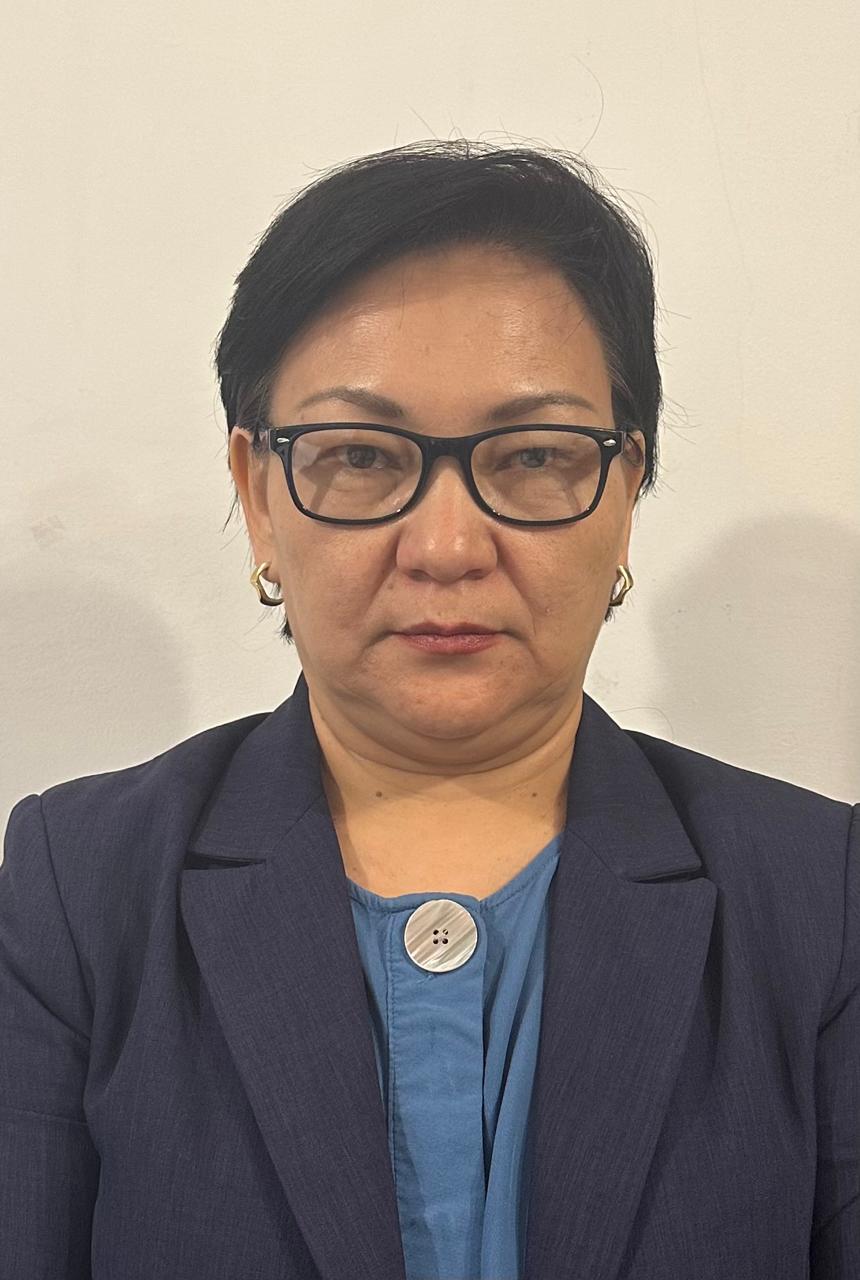
Neila Yesenkeldievna
PhD, Associate Professor, Professor of the Faculty of Construction Technologies and Management
https://orcid.org/0000-0003-3062-3340
n.bekturganova@kazgasa.kz
Development of multifunctional nano and micromodifiers for high-functional concrete technology.
The final expected result: multifunctional micro and nano additives for self-leveling concretes; compositions of self-leveling concretes for general construction purposes for prefabricated and monolithic construction based on local raw materials, including industrial waste.
On the basis of the university, research is being conducted and project teams are working to implement research (research work).
On the basis of the university, research is being conducted and project teams are working to implement research (research work).
Here you can learn more about the projects.

Development of current and long-term research plans (hereinafter referred to as R&D)

Conducting an analysis of the Corporation's research and development performance indicators

Conducting an analysis of the Corporation's research and development performance indicators

Planning and organization of events aimed at enhancing the scientific activities of the Faculty of Economics, including: organization and holding of scientific and practical conferences, round tables, seminars and other scientific events of a public nature in the corporation

Information and organizational support for the research activities of IEC students

Information and organizational support for the activities of the youth scientific self-government bodies (Council of Young Scientists, Student Scientific Society) of the IEC

Informational and organizational support for the participation of teaching staff and students in symposiums, conferences, seminars and other scientific events

Informational and organizational support for the participation of teaching staff and students of the corporation in competitions for state prizes, state scholarships, other prizes and awards for research

Providing consulting and methodological assistance to staff, teachers and doctoral students in working with international bibliometric databases

Organization of work to increase the publication activity of IEC scientists in international rating journals

Preparation and provision of statistical data and reporting documentation on IEC research at the request of regulatory authorities and organizations

Bringing to the attention of the IEC structural divisions the orders of the management, information about conferences, seminars, competitions and other documents on the organization of research

Development of regulatory documentation regulating the IEC's research activities

Organizational, methodological, consulting, information and analytical support of scientific projects

Compliance with the normative legal acts of the Committee for Quality Assurance of Education and Science of the Ministry of Education and Science of the Republic of Kazakhstan (COXON of the Ministry of Education and Science of the Republic of Kazakhstan) concerning the activities of the Dissertation Council and the rules for awarding degrees
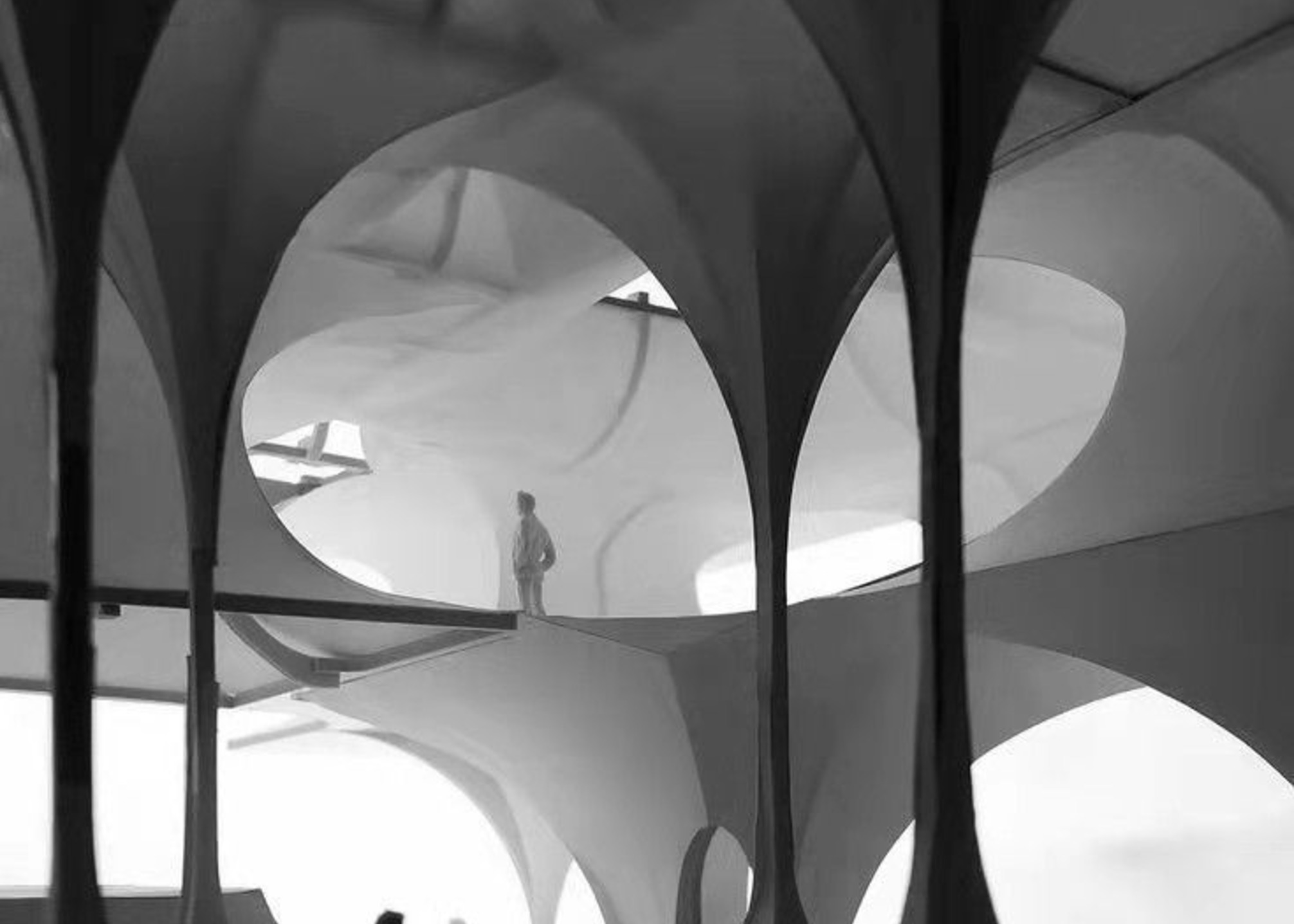
Formation and timely submission of reports on scientific, research and development activities of the corporation to the Scientific and Technical Council, Academic Council, etc.
Writing scientific articles is a process that requires a systematic and structured approach. Here are the basic steps and principles that will help you write a scientific article correctly:
Choosing a topic and formulating a research question: Start by choosing a relevant topic that is interesting to both you and your readers. Formulate a clear research question that will be the centerpiece of your article.
Conducting a literature review: Examine the existing literature on the chosen topic to understand the current state of knowledge in the field and identify gaps that your research can fill.
Defining methodology: Identify the methods that you will use to collect and analyze data. Justify the choice of methodology and explain why it is the most suitable for your research.
Data collection and analysis: conduct research in accordance with the chosen methodology. Collect the necessary data and analyze it using appropriate statistical methods.
Structuring the article: follow the generally accepted structure of a scientific article, which includes an introduction, a literature review, research methods, results, discussion and conclusion.
Writing an introduction: the introduction should present your topic and research problem, substantiate its relevance and significance, as well as formulate the purpose of the study and its hypothesis.
Developing a literature review: In the literature review, review previous research on the topic, highlight key concepts and results, and show how your research fits into the existing context.
Description of research methods: Describe in detail the methods used in your research, including data collection procedures, sampling, tools used and analysis methods.
Presentation of results: Present your results in a clear and concise manner using tables, graphs and statistical indicators.
Discussion of the results: in the discussion, interpret the results obtained, compare them with the results of previous studies, discuss their significance and possible practical applications, and highlight the limitations of the study.
Conclusion: in conclusion, summarize the results of your research, confirm or refute your hypothesis, formulate the main conclusions and discuss possible directions for future research.
Editing and correction: before submitting an article for review, carefully edit and correct the text, check it for grammatical and stylistic errors, and also make sure that it meets the requirements of the selected journal or conference.
Following these steps and principles, you will be able to write a high-quality scientific article that will contribute to the development of scientific knowledge in your field and will receive recognition from the scientific community.
IMRAD Structure: Key elements of a scientific article
In the world of scientific research, there is a widely recognized structure known by the acronym IMRAD. This acronym represents the main sections of a scientific article: Introduction, Methods, Results, and Discussion. The IMRAD framework is a fundamental tool for the organization and communication of scientific research, and its effective use contributes to the understanding and evaluation of scientific information. Let’s take a closer look at each of these sections:
Introduction:
In this section, the authors of the article present the research topic and describe its relevance and significance. The purpose of the introduction is to substantiate the need for research and formulate its purpose and hypothesis. It also usually includes a brief review of the literature, which allows readers to understand the context of the study and its connection with previous works.
Methods:
The Methods section provides a detailed description of the methodology and procedures used in conducting the study. This includes information about sample selection, data collection methods, tools and materials used, and data analysis methods. The purpose of this section is to provide sufficient information so that other researchers can reproduce your study or verify its methodology.
Results:
The results section presents the most important data obtained as a result of the study. This section usually includes numerical data, graphs, tables, and other graphical representations of research results. It is important to present the results in such a way that they are clear and easy to interpret for readers.
Discussion:
The last section of the article discusses and interprets the results obtained. The authors analyze their data, compare them with the results of previous studies and discuss their significance and impact on the subject area. It also usually highlights the limitations of the study and formulates suggestions for further research.
The IMRAD structure provides a logical and consistent presentation of scientific information, which facilitates the understanding and evaluation of research work. It is a standard widely accepted in the scientific community that helps researchers communicate their results effectively and move science forward.
You can also familiarize yourself with the template for the design of articles presented for the scientific publication “Bulletin of KAZGAS”, a scientific, technical and scientific-methodical publication for architects, designers, engineers, designers, technologists, art historians. Initially, the magazine was published under the name “Bulletin of the Kazakh State Academy of Architecture and Construction”. In 2001, the name of the magazine was renamed to “Bulletin of the Kazakh head Architectural and Construction Academy”.
Choosing a scientific publication to publish an article is an important stage for a researcher. It should be based on a number of factors, including the purpose of the study, the audience, the impact factor and the quartile rank of the publication. Here are some recommendations for choosing a publication based on these factors:
Research Objective: Think about the goals of your research. If your goal is to get widespread distribution and attention to your work, then choose a publication with a high impact factor. If your goal is to reach a specific audience, choose the publication that best suits your topic and the interests of the audience.
Impact factor: The impact factor of a publication is an indicator of its influence in the scientific community. A high impact factor usually indicates that the publication publishes high-quality papers that are often cited by other researchers. However, keep in mind that not all publications with a high impact factor are suitable for all types of research, and not all publications with a low impact factor are bad.
Quartile rank: The quartile rank reflects the positioning of the publication in its scientific field. Publications can be divided into quartiles (Q1, Q2, Q3, Q4) depending on how they relate to other publications in their field. It is usually advisable to choose publications from the upper quartiles, as they have a higher level of reputation and influence in the scientific community.
Reputation and audience: Consider the reputation of the publication in your scientific field and the relevance of its audience to your research goals. Some publications specialize in certain areas of knowledge or research approaches, so it is important to choose the publication that is most suitable for your work.
Open Access: Consider publishing in the public domain, which can increase the accessibility and visibility of your work. Some publications provide this opportunity, but additional payment may be required for this.
Timing and cost: Take into account the timing of publication and the cost of publication in the selected publication. Some publications may have longer review and publication periods, as well as require additional payments for publication.
So, when choosing a scientific publication to publish an article, it is important to take into account the purpose of the research, the reputation of the publication, its audience, impact factor and quartile rank, as well as other practical considerations such as accessibility and cost of publication.
Below are links to tools from international citation databases for choosing a scientific publication.
Journal Finder
A tool from Elsevier for selecting a publication for publishing your article through an annotation.
https://journalfinder.elsevier.com/
Master Journal List
Clarivate (Web of Science) tool for searching and selecting a publication for publication
https://mjl.clarivate.com/home
You can also use the tool developed on the basis of the Narxoz MK Predator test University. A test to assess the quality of a scientific journal in order to avoid publications in potentially predatory publications.
The MK predator test allows you to determine the probability of a scientific journal being included in the list of “predatory” publications based on an assessment of the journal’s website and data from open sources.
It should be noted that indexing in scientific databases and a high percentile is not a guarantee that the journal follows the ethics of scientific publications. Therefore, it is better to make a preliminary assessment using this tool. Keep in mind that the result will depend on the reliability of your answers to the test questions.
©Authors: Moldashev Kairat, Kenesov Bulat
https://narxoz.edu.kz/journalcheck?fbclid=IwAR0Kdcp2QRGNVCWxr0-BXEt86y3T3dnmXx0Qt8PvshSqSiCStJB1zr3q3bk.
About the IEC
History of creation
Mission and academic policy
Strategic development plan
Academic Council
Applicants
Bachelor
Magistracy
Doctral studies
Preparatory courses
Olympiads of IEC
Students
Educational portal
Academic calendar
Information
News
Screen Reader